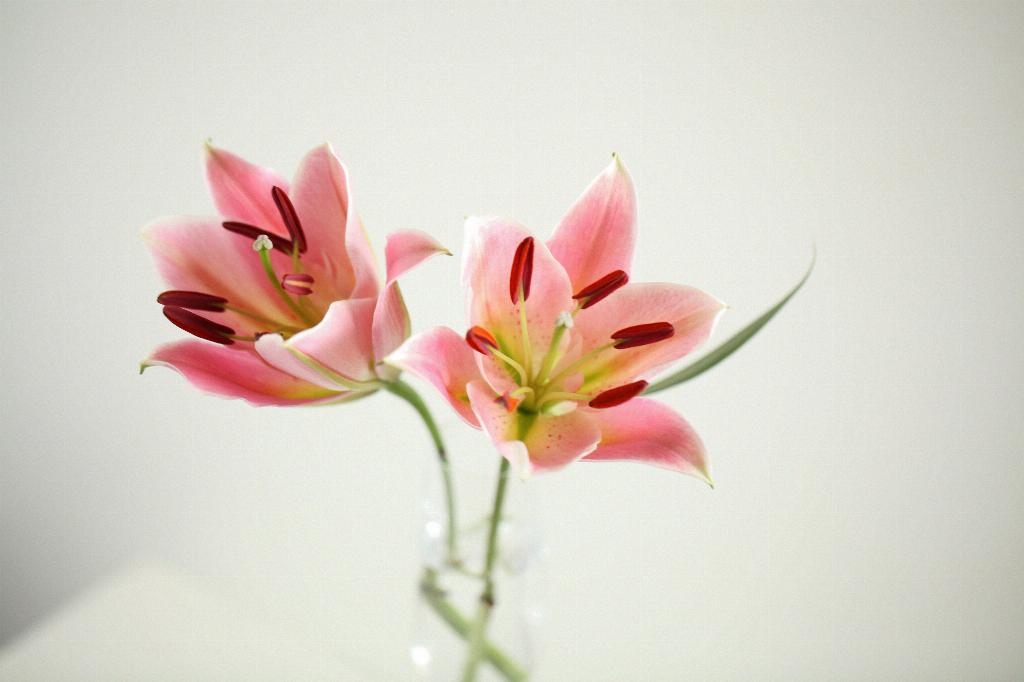Water lilies are enchanting aquatic plants that add beauty and tranquility to ponds, lakes, and other water bodies. Understanding how water lilies reproduce is crucial for not only appreciating their natural elegance but also for conserving their essential role in aquatic ecosystems.
Lifecycle of Water Lilies
Water lilies start their lifecycle from seeds that germinate in the mud at the bottom of water bodies. As they grow, water lily plants develop distinctive leaves that float on the water surface and stunning flowers that bloom above the waterline.
Reproduction Methods of Water Lilies
Water lilies employ both sexual and asexual reproduction methods. Sexual reproduction occurs during the flowering season when pollination takes place, leading to the formation of seeds. In contrast, asexual reproduction involves multiplying through bulb division or fragmentation, allowing water lilies to colonize new areas efficiently.
Factors Affecting Reproduction
Environmental conditions play a vital role in water lily reproduction. Factors such as water quality, sunlight exposure, and nutrient availability impact the success of reproduction. Water lilies have evolved specific adaptations to thrive in their habitat and ensure successful reproduction.
Significance of Water Lily Reproduction
Water lily reproduction is significant for the ecological balance of aquatic ecosystems. These plants contribute to biodiversity by providing habitats for various organisms and play a crucial role in nutrient cycling. Additionally, water lilies have cultural and ornamental value, captivating people with their ethereal beauty.
Challenges Faced in Water Lily Reproduction
Water lilies face threats to their populations from factors such as habitat destruction, pollution, and invasive species. Human activities can disrupt the natural reproduction cycles of water lilies, emphasizing the importance of conservation efforts to safeguard these plants for future generations.
Conclusion
In conclusion, the reproduction of water lilies is a fascinating process that sustains the beauty and balance of aquatic environments. By understanding and appreciating how water lilies reproduce, we can ensure the preservation of these captivating plants and their vital role in supporting aquatic life. Continued research and conservation efforts are essential to protect the enchanting world of water lilies.

